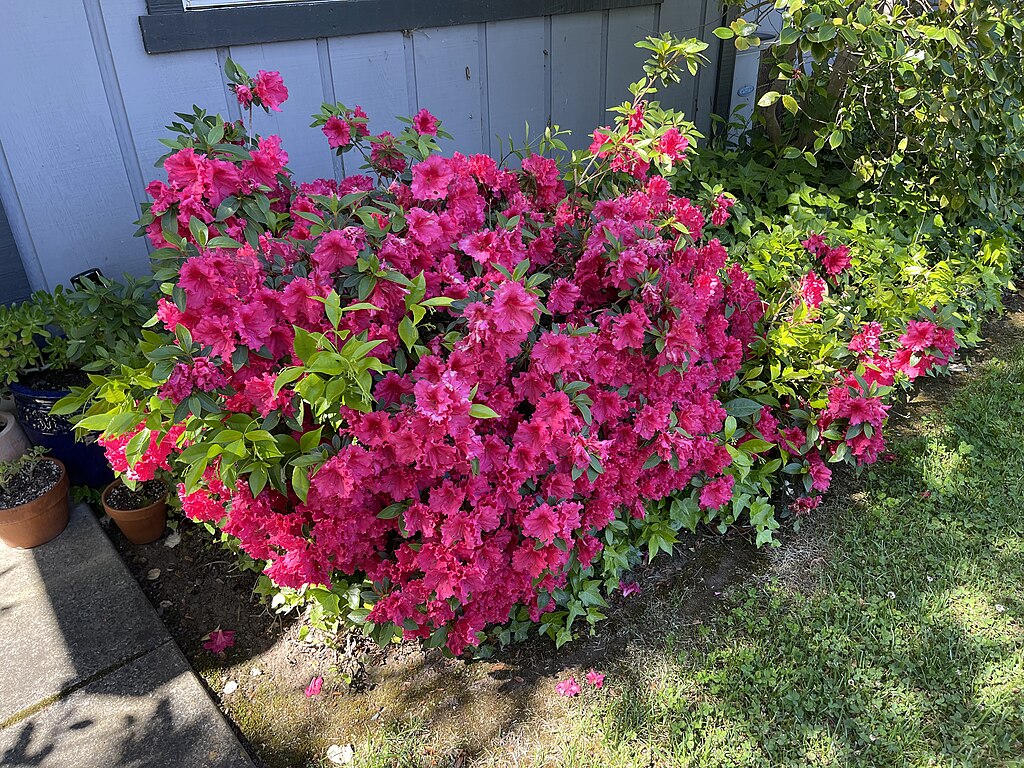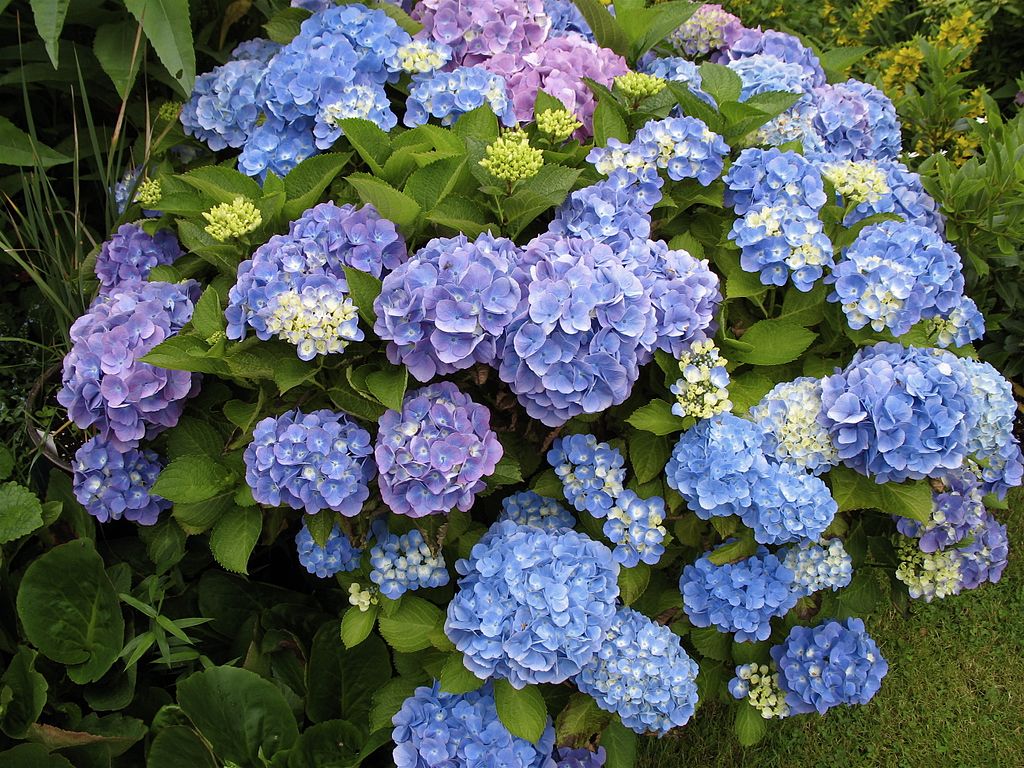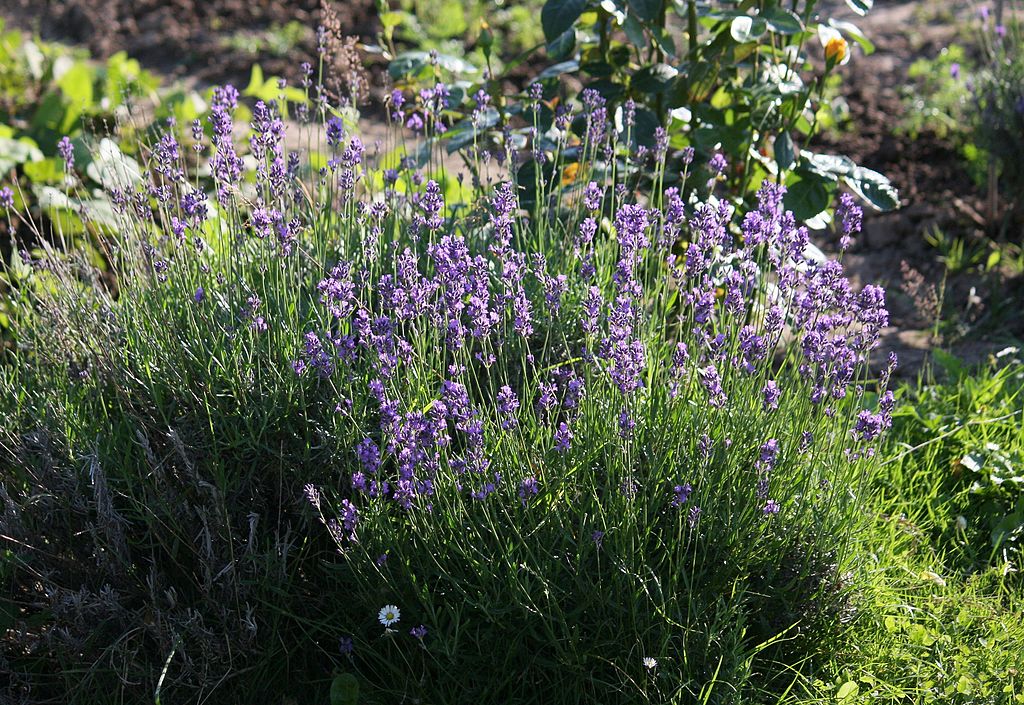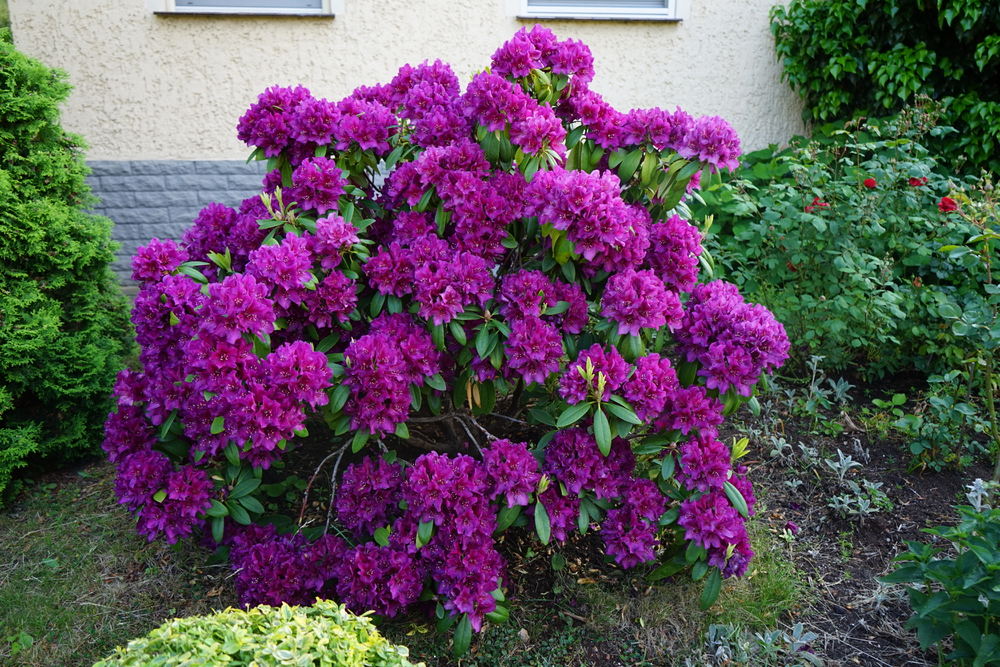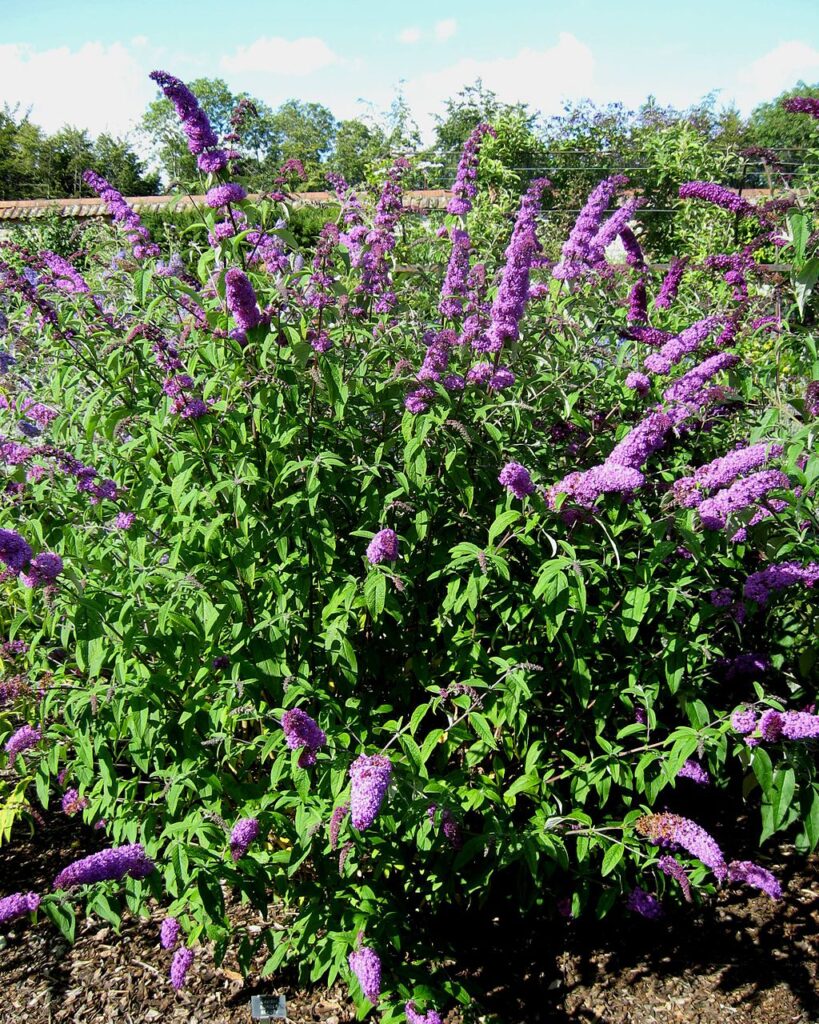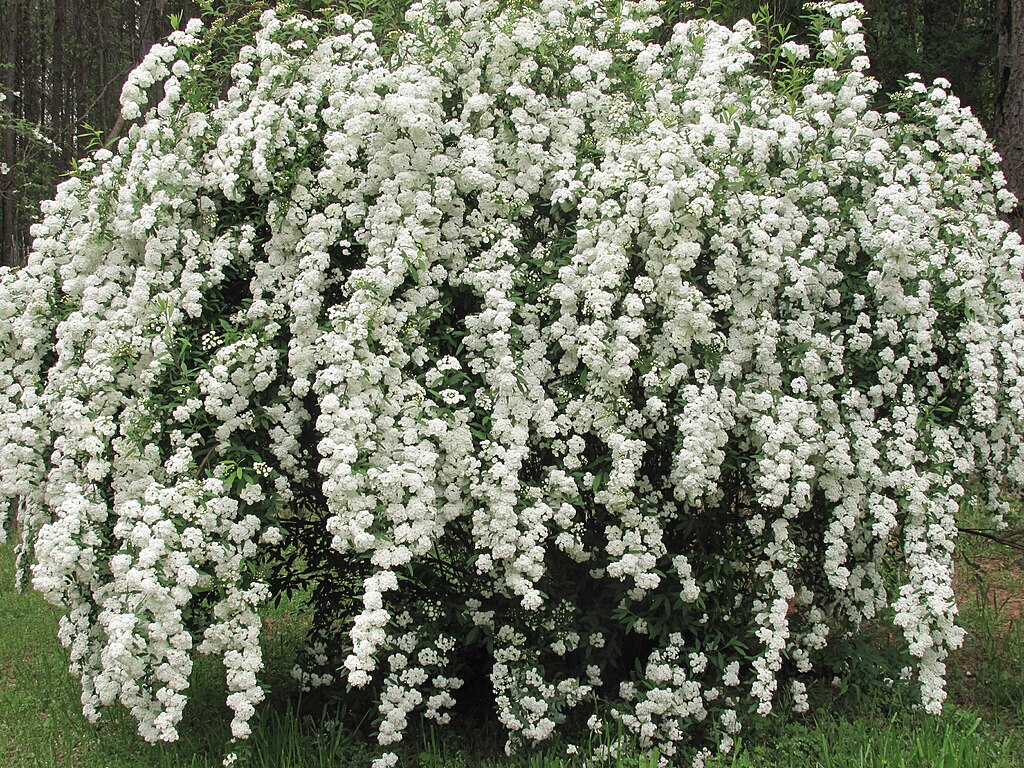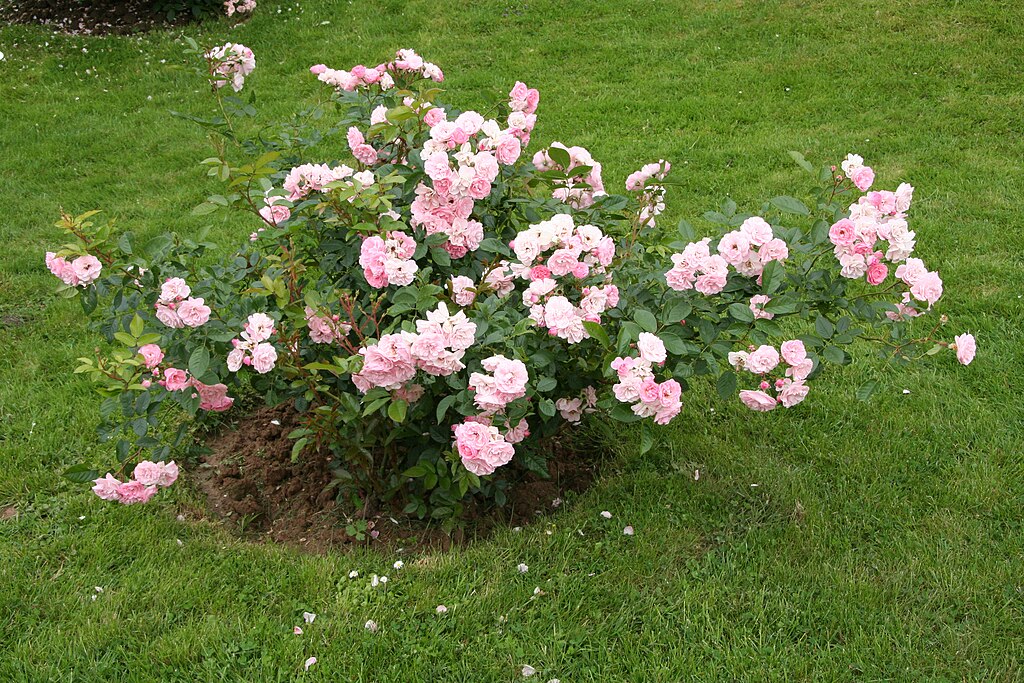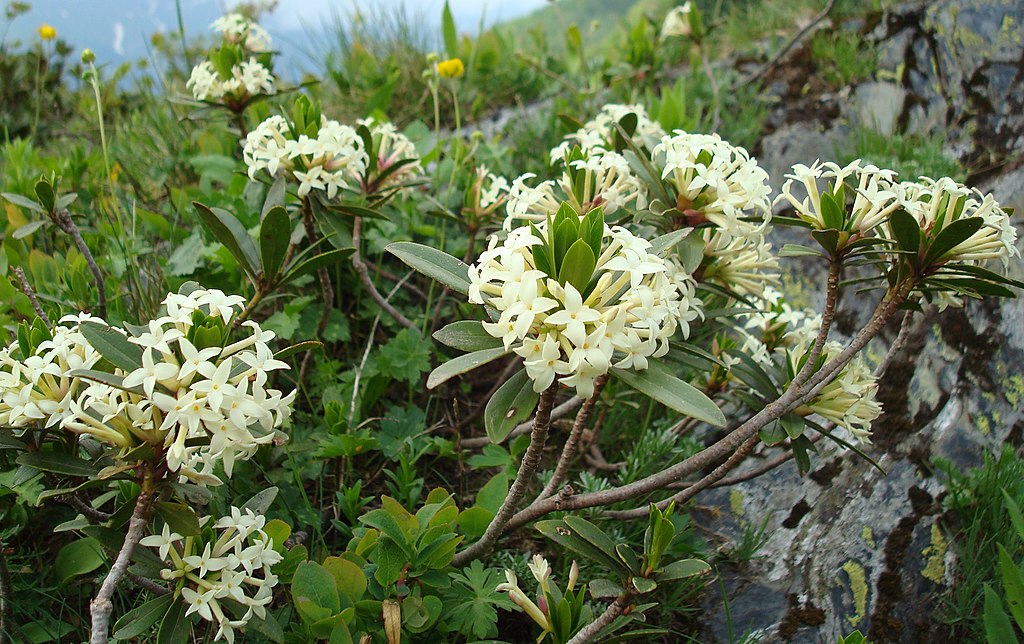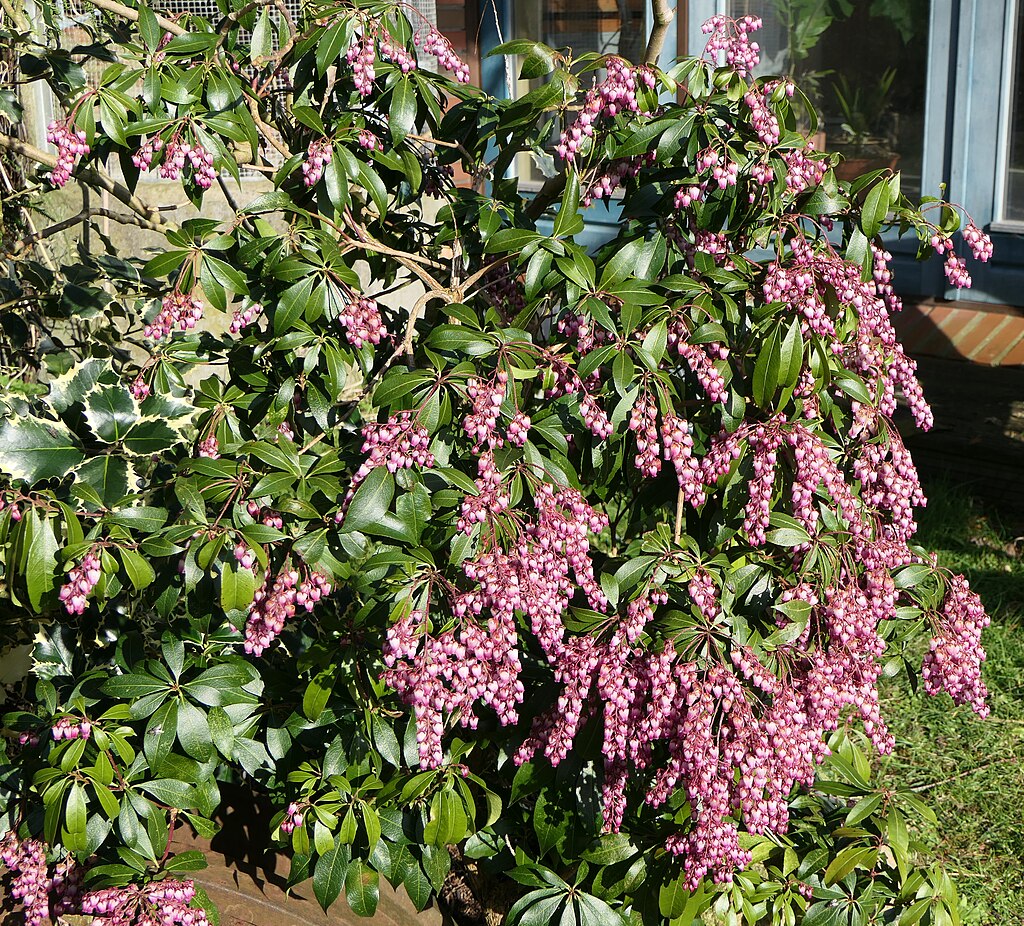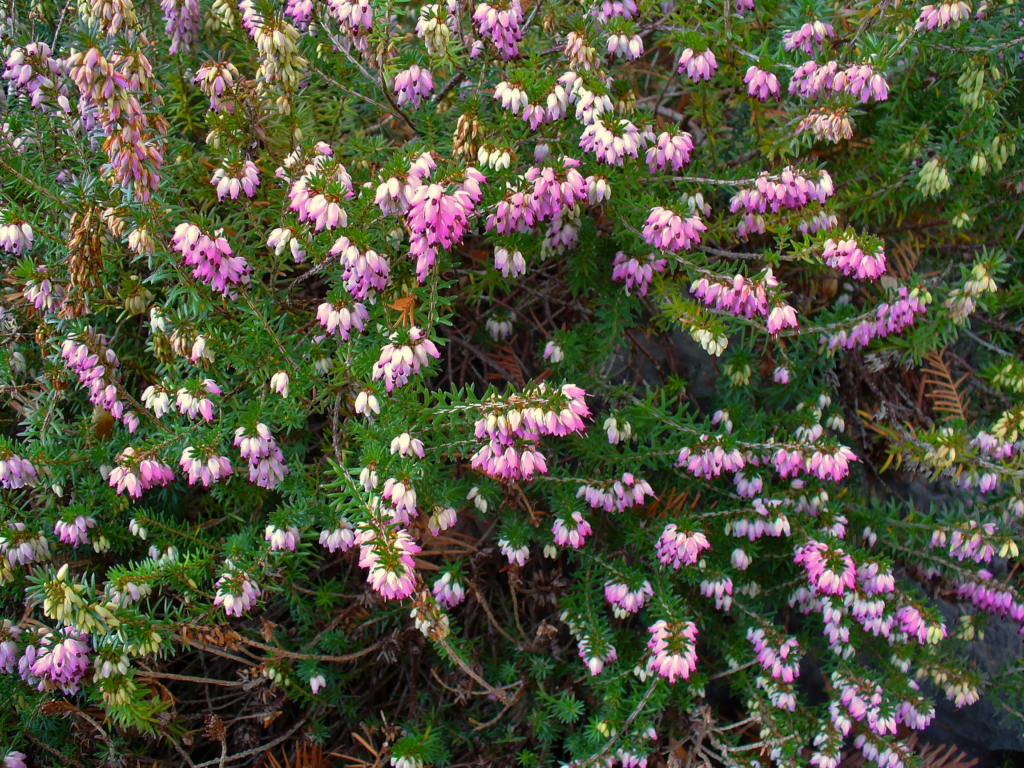Small flowering shrubs are a great way to add color and charm to gardens of all sizes.
These compact plants offer beauty and variety without overwhelming smaller spaces. When choosing small flowering shrubs, gardeners should consider factors like bloom time, flower color, and care requirements. It’s also important to think about the plant’s mature size, growth habits, and how well it fits with the overall garden design.
This article presents 10 of the best small flowering shrubs suitable for the 22044 zip code area. Each shrub has been selected for its ability to thrive in local conditions while providing attractive blooms and manageable growth in limited spaces.
Azalea
Azalea plants frequently exhibit seasonal variations, with a range of hues available from pinks and reds to whites and purples, mostly in the spring.
They are adaptable to a variety of temperatures in the southern and eastern United States, since they flourish in US Hardiness Zones 6 through 9.
Azaleas have a modest growth rate and take a few years to reach their full height. Because of their bushy appearance, they are a popular choice for garden borders and hedges.
Hydrangea
Because of their remarkable resistance to deer and rabbits, hydrangeas are a good plant for gardens that are frequently visited by these animals.
Early spring or fall are the best times to plant because of the milder weather and optimal circumstances for root development.
Popular kinds include ‘PeeGee,’ which can be trained into a tree shape and offers stunning flower heads and various uses in landscape design, and ‘Endless Summer,’ which is renowned for its capacity to bloom on both old and new wood.
Lavender
Since lavender grows well in US Hardiness Zones 5 through 9, it is a reliable option for gardeners in a variety of climates.
It needs full sun and well-drained soil to thrive, but it doesn’t require much maintenance other than occasional watering to promote oil production and fragrance.
Slow to moderate growth means that gardeners can enjoy the fragrant presence of the plant without having to constantly tend to it.
Popular cultivars like as ‘English’ and ‘French’ each have distinct colors and aromas to suit a range of tastes.
Rhododendron
Many rhododendrons exhibit vivid colors during their blooming season, making them a popular choice due to their vast range of colors throughout the year.
Well-known cultivars such as ‘Nova Zembla’ are prized for their vigorous growth and rich red flowers, while ‘Purple Splendour’ is distinguished by its deep purple flowers.
This plant can withstand a variety of temperatures because it grows well in US Hardiness Zones 4 through 9, but it still has to be protected from harsh weather.
Butterfly Bush (Buddleia)
The butterfly bush, which is frequently seen in a variety of landscapes, is valued for its high growth rate, which enables gardeners to swiftly fill areas.
This shrub is best planted in the mild weather of spring or fall, which allows the bush to establish itself before the harsh summer or winter months.
Butterfly bushes are a well-liked and low-maintenance option for gardeners due to their tenacity and relative resistance to common plant diseases.
Spirea
Because of its resistance to disease, espina is frequently chosen as a low-maintenance choice for gardeners.
It grows well in US Hardiness Zones 3 through 8, which can withstand a variety of conditions.
Well-known cultivars like as ‘Goldflame’ exhibit a distinctive foliage color change from bronze in the spring to green in the summer, contributing to seasonal variation.
Meanwhile, ‘Anthony Waterer’ is a resilient choice for a variety of environments and is well-known for its pink blossoms.
Rose Bush
Rose bushes, which are generally found in gardens, grow at different rates.
Depending on the temperature and level of care, certain species may develop more quickly than others.
‘Knock Out’ is a popular variety that requires little care and is disease-resistant, while ‘Peace’ has large, bicolor flowers.
These bushes can be grown in a variety of US Hardiness Zones; they usually do best in zones 5 through 9, although they always require the right amount of sunlight and drainage from the soil to thrive.
Daphne
For best development, daphne can be sown in the early spring or the fall. Its modest growth rate makes for steady and controllable development throughout time.
These plants can withstand a wide range of conditions and are hardy in U.S. Hardiness Zones 4 through 9.
Popular variations include “Aureomarginata,” which has yellow-edged leaves with a unique appearance, and “Carol Mackie,” which is known for its cream-edged leaves. Both types do well in soils that drain well and in areas with some shade.
Pieris Japonica
Pieris Japonica is a plant that is ideally suited to various temperate regions because it frequently flourishes in US Hardiness Zones 5 through 8.
Because of its reputation for resilience to common illnesses, gardeners will find it easy to keep this plant healthy all year round.
Popular varieties ‘Mountain Fire’ and ‘Flaming Silver’ are distinguished by their vivid red new growth and visually arresting variegated leaves, respectively. Both varieties share a resilience to the majority of common pests despite this variance.
Heath (Erica)
Heath is typically planted in the early spring and provides year-round appeal because it can change color periodically, going from a rich green in the fall to hints of pink or purple in the fall.
It is a good choice for gardeners looking for compact, low-maintenance shrubs because of its modest growth rate.
Well-known for their resilience to disease, two well-liked types are ‘Pink Princess,’ which has delicate pink blooms, and ‘Alba Minor,’ which is praised for its resilient white flowers. Both cultivars exhibit strong health across a range of circumstances.
